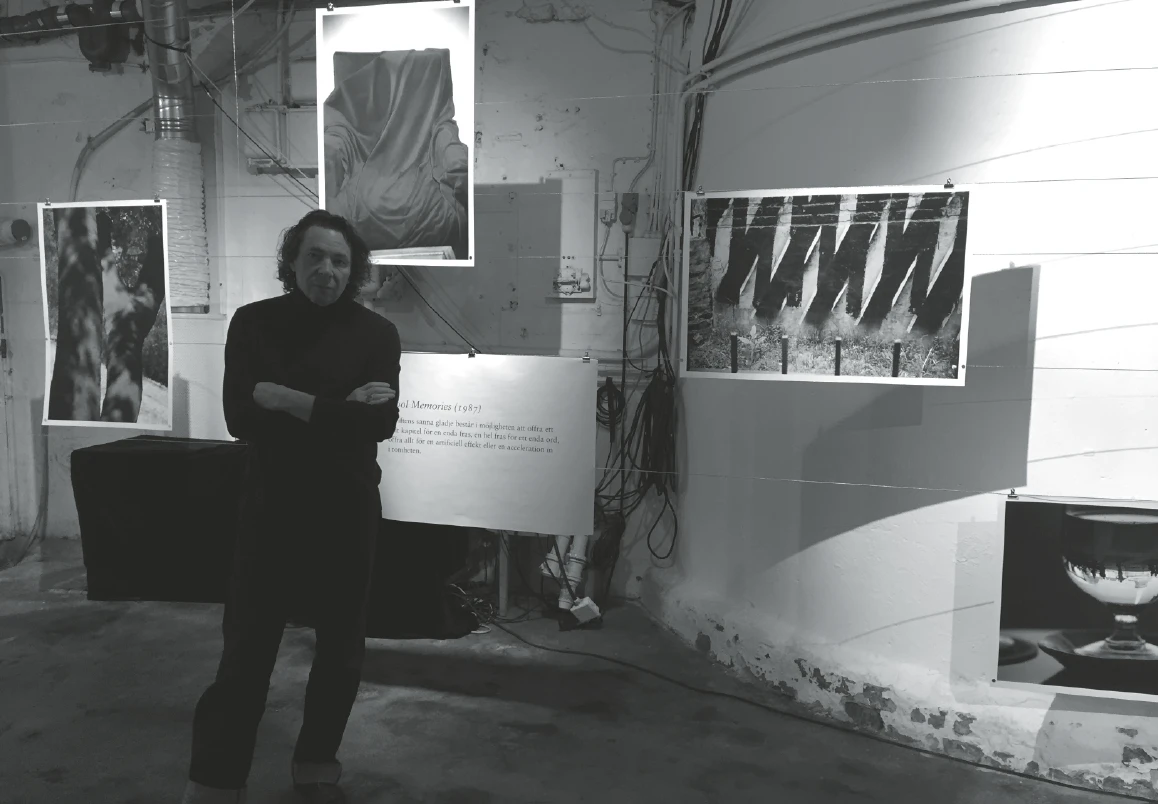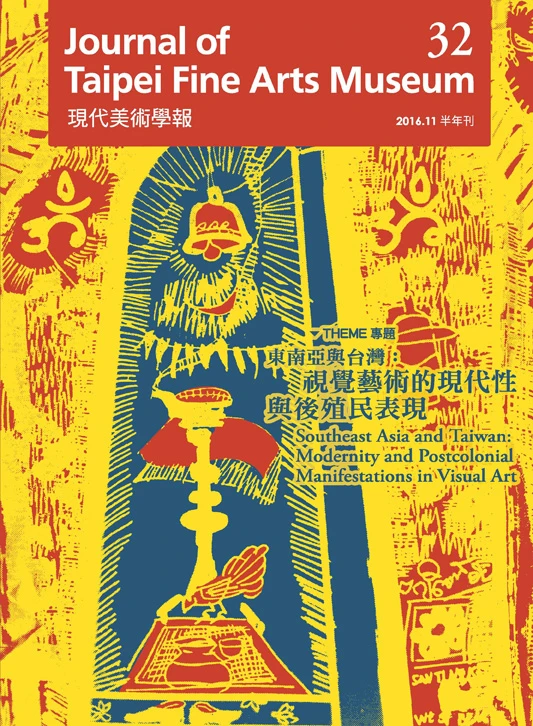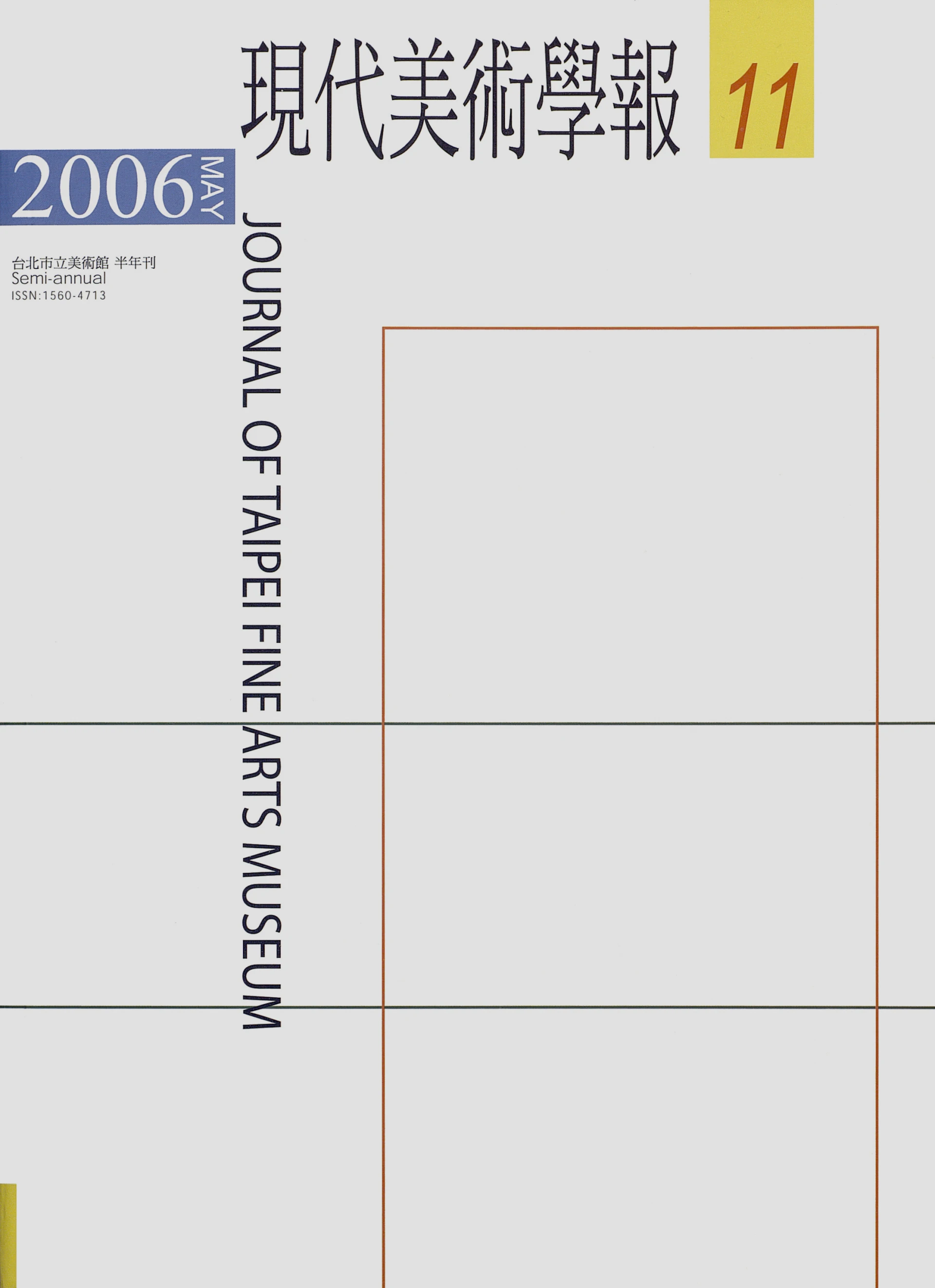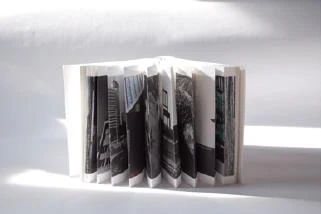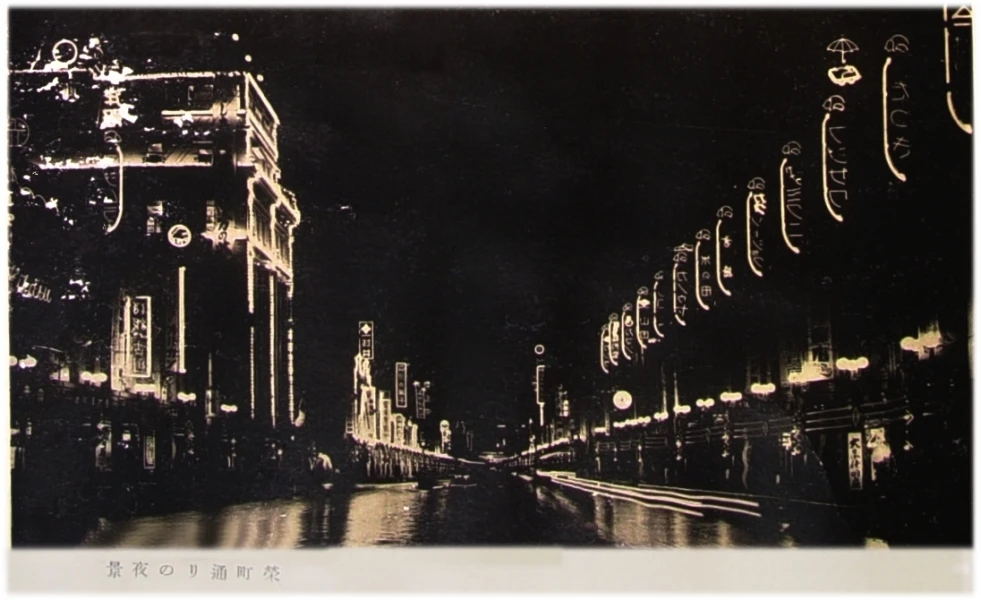摘要
在追憶過去或忘記的過程中,不論是作品抑或歷史事件,都會因時代與社會文化脈絡的不同,產生不同的需求,作品或事件歷經流傳會被賦予新的意涵。本文探討日治時期日本畫家鹽月桃甫的兩件作品〈母〉與〈莎勇〉,是由於這兩件作品題材為日治時期之歷史事件,但在戰後臺灣文化認同的建構過程中,兩件作品的詮釋偏重於殖民壓迫的層面,鹽月藝術傾向主觀感情、形式主義,追求美術本質。本文借由鹽月桃甫作品原初創作理念與戰後意涵之差異,探討歷史詮釋,集體記憶及文化認同之間的複雜關係,檢視臺灣社會如何在追憶過程中建構文化認同,寫入鹽月作品新內涵;並探討日治府展期間,畫家為因應時局在作品內容、主題、風格與形式之間的取捨與微妙衡量。
關鍵詞
文化認同、集體記憶、日治時期、鹽月桃甫、臺灣美術
Abstract
Particular historical events have always associated with a particular group of people in a society, who constitute the collective memory of the event and shape its cultural identity. Thus, what and how a society remembers is actually part of the process of the construction of cultural identity within that society. Sayon and Mother were painted by the Japanese painter Shiotsuki Toho during the Japanese colonial period in Taiwan. There are multiple interpretations of these two works, which reference colonial era Taiwan. Toho's original ideas, however, were not about the stories but about expressions of aesthetic truth or feeling for his art. The multiple interpretations that the two works have generated ref lect the forging and evolution of Taiwan's cultural identities during different periods. This study examines Shiotsuki Toho's original ideas regarding the works, as well as inferences about his art made during Taiwan's post-war era.
Keywords
Cultural identity, collective memory, Japanese colonial period, Shiotsuki Toho, Taiwanese art

